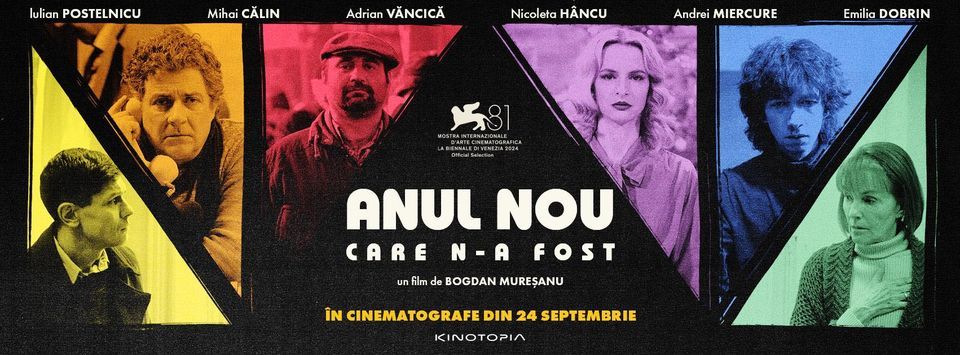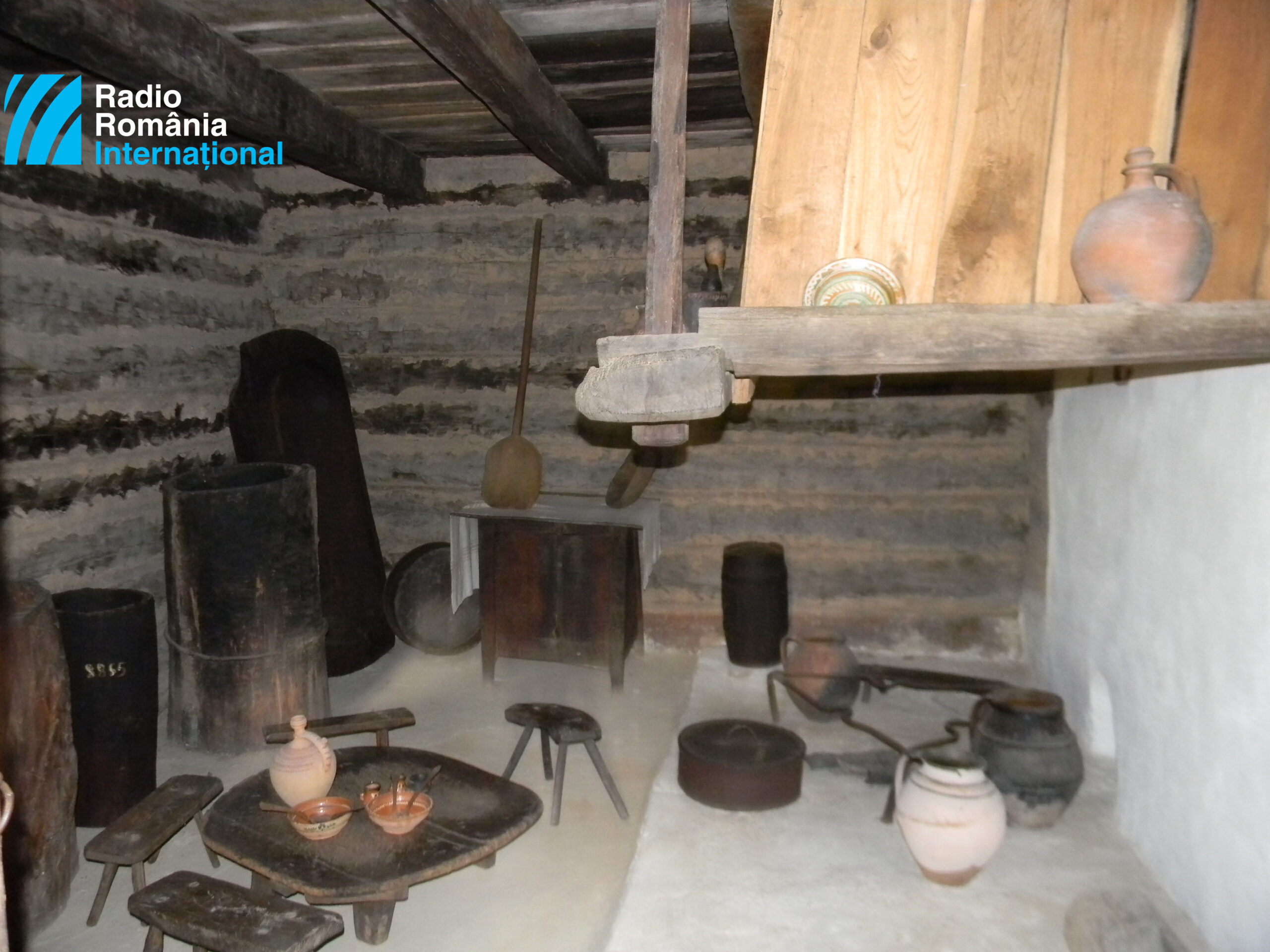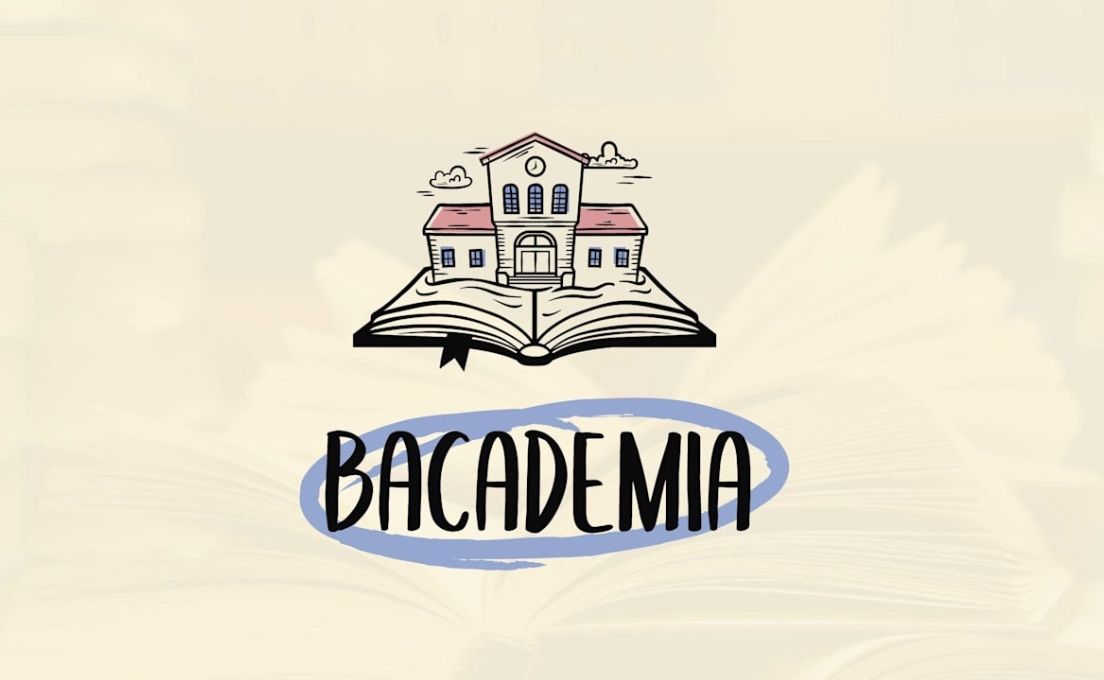The Virtual Museum in Downtown Bucharest
A museum that no longer exists has been revived by VR technology

Ana-Maria Cononovici, 10.03.2020, 13:57
In
1910, on a street in downtown Bucharest, an Ionic style edifice was
being inaugurated, made to look like an ancient Greek temple. This
was erected as the Simu Museum, which functioned as a private museum
until 1927, when the owner, Anastase Simu, donated it to the Romanian
state. Anastate Simu was a Romanian academician, PhD in political
science, and art collector. He was secretary at the Romanian Legation
in Berlin, and was made an honorary member of the Romanian Academy in
1933. He was born in 1854 in Braila, and passed away in Bucharest in
1935.
The
building was taken down in 1960, at the height of the communist rule
in the country, and in its place the regime built a fashion store
called Eva.
The
museum collection had five sections: ancient art, Romanian art,
French art, and Byzantine art, with the fifth room housing the
graphic and miniature collections. Here you could find a variety of
works by French painters and sculptors of the 18th and
19th centuries. Among the exhibits were also Italian casts
of the 16th century, alongside Byzantine icons.
Today
you can once again visit the Simu Museum, but in the virtual space.
We spoke about that with Mihai Gutanu, director of the Museum and
Tourism Heritage Administration with Bucharest City Hall.
We
have to thank the people from the Ion Mincu School of Architecture.
In the basement of the school they have a virtual museum that opened
last year. Their idea was to take this virtual museum out of the
basement and set it up in a public space. And what could have been
more appropriate than having it in the Municipal Tourism Information
Point in the University underground passage.
The
virtual reality reconstruction of the Simu Museum was designed and
built at the Ion Mincu School of Architecture in partnership with the
Romanian National Art Museum, the National Archives, and Manifest
Cultural, based on blueprints and archival photographs. Artifacts
from the Simu Museum were turned into 3D scans, providing very
accurate simulations of reality.
The
project aims to accurately reconstruct one of the most important art
museums in Bucharest between the wars. Also very accurately modeled
were both the exterior of the building, and the first room, that
dedicated to ancient art, and the exhibits were placed within a rich
architectural space, simulated based on period photographs.
This
way, a major Bucharest landmark, not only by its beauty, but also by
its role, has been recovered by providing a realistic visiting
experience with its scans of many artifacts formerly in the original
building. Using VR goggles, the visitors can feel like stepping right
into the museum, while other potential visitors can access the
experience on-line, on the Sketchfab platform.
We
asked director Gutanu for how much longer the VR museum will be
available at the Tourism Information Center.
The
museum has more and more visitors every day, and, from an average of
10 to 15 visitors per day, yesterday we had 30. We are following
closely the evolution and the interest sparked by this museum and its
VR system. If we see it getting more popular, we will make it
available one month more, maybe two.
Mihai
Gutanu then added that they are considering making the museum
available for even six months more, and he described what are some of
the things that we can see during our visit:
The
museum itself was designed as a Greek temple, actually a copy of the
Temple of Zeus of Olympia. Anastasie Simu was an avid collector, who
put together a sensational collection in the first half of the 20th
century. It had very early photography pieces, graphic art pieces,
and Romanian paintings by painters like Theodor Aman, the founder of
the first schools of fine arts in Romania, in Iasi and Bucharest, by
Alexandru Severin, and Schweitzer-Cumpana, a 20th century
painter who taught at the Nicolae Grigorescu school of painting. This
was a world famous collection. He made it known abroad that the
museum had been destroyed and the collections seized long after the
events. A lot of tourists from France, Italy or Spain used to come to
Bucharest and ask for directions to the museum, or ask where they
could see the famous collection of graphic art, of oil paintings, or
of ink drawings by remarkable graphic artists, such as Camil Pissaro,
let’s say. Pissaro’s graphic works are very rare, there are a few at
the Louvre, outside of the Simu Museum, which now can be seen
virtually. All this treasure trove of art objects can no longer be
seen outside of virtual space.
The
museum collection numbered around 1,200 exhibits at the moment it was
donated to the Romanian state. Anastasie Simu was the first art
collector who almost literally built a temple to the arts, with the
purpose of educating his co-nationals in the fine arts.






























